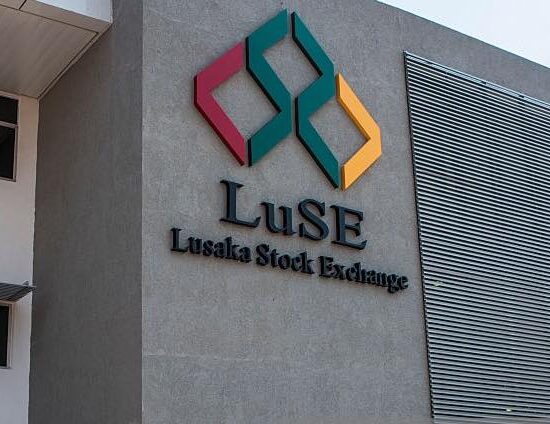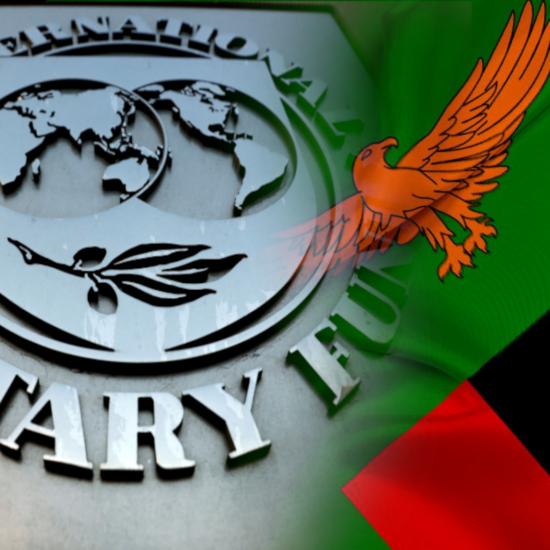
Association of Microfinance Institutions of Zambia (AMIZ) has urged the President Hakainde Hichilema and his government to look at ways and initiatives of supporting Micro, Small and Medium Enterprises (MSMEs) in accessing credit from both banks and non-bank financial institutions to unlock the huge potential of the sector.
Speaking in an interview with the Zambian Business Times – ZBT, AMIZ President Webster Mate noted that Zambia’s private sector credit to Gross Domestic Product (GDP) ratio is amongst the lowest in Sub-Saharan Africa.
According to the World Bank data, private sector credit to GDP for Zambia stood at 15.6% in 2019. Mate said this situation affects the creation of jobs in the country considering the fact that MSMEs employee the majority of Zambians.
He said in this regard, the association would like to see more being done in area of supporting initiatives that can facilitate access to credit for MSMEs and individuals in the informal sector.
“In medium to long term, this economy needs revamping, its good that the new President is already talking about more investments in the mining sector, investment in agriculture, and hopefully we begin to see more in the SME sector because as you might know, private sector credit to GDP in Zambia is amongst the lowest in sub-Saharan Africa.
“So if credit is not going in the productive sector particularly the MSMEs, then how do you create jobs. From a micro finance perspective, we would like to see more being done in the area of supporting initiatives that can facilitate access to credit for the small local businesses,” Mate said.
He said the government should work on stabilizing the economy, which, has been depressed for a sometime. Mate said the depression in the economy has led to the high cost of borrowing in turn resulting in suppressed lending to MSMEs.
He said, “In that regard, we would love to see more being done in the area of high cost of business operations. As you may know Zambia is the high cost economy and our interest rates are what they are because those that provide finances are bearing a lot of risks and at the same time their own costs of operation are quite high that it then reflects on the interest rates.
“I think time has come for us to begin to see what is causing this, so that we try and unbundle it so that it can come to a level where our costs become reasonable. Because if someone is going to borrow at 60-80% in an environment where the economy is not even growing, it becomes difficulty to see how he or she will be able to service that kind of debt.
That is why you see that there is more consumer lending than lending to productive activities because consumer lending is premised on the lender having preferential access to individuals or to the borrower’s salary,” Mate said.
He said the association believed that for this situation to turn around, there was need for macro economic stability in the country. Mate lamented that even if private sector credit to GDP is still low, micro finance institutions do not inject capital in their operations in order for them to increase lending and develop their capacities to lend.
“We think micro finance institutions in this country need to begin doing that but to do that, they also need some assistance and this is where Government in partnership with its cooperating partners can come to the aid of micro finance institutions to provide capacity building.
“You know training is costly and because it is not their core business, it will be good if public finances can help them build that capacity because once they are capacitated they will begin to grow their outreach and be able to reach more people with financial services,” he added.







